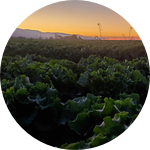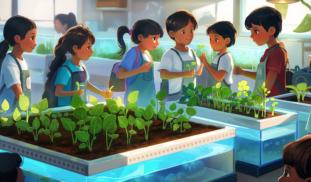Please wait...
About This Project
Youth-led initiatives are a powerful way to center culture, creativity, and community in biotechnology conversations. Focusing on the rural agricultural community of Greenfield, CA, a high school teen will develop a culturally-centered biology exhibit and leadership program for teens at a local engineering makerspace. This will inspire hundreds to use community-based biotechnology and traditional knowledge to address local environmental justice issues and grow local biotech ecosystems.
More Lab Notes From This Project

Browse Other Projects on Experiment
Related Projects
Zap-pore: DIY Electroporation for Global Biotech Accessibility and for plant genetic engineering
Zap-pore is a low-cost (10$), open-source DIY tool for electroporation, using everyday tools and common...
Exploring African biodiversity with an open-source educational program in Plant Synthetic Biology
Much of Africa's plants have not been studied. As a non-profit, SynBio4ALL aims to study plant biodiversity...
Empowering high school students in genome sequencing and bioinformatics
This project transforms HS science education by integrating real-time DNA barcoding and bioinformatics into...


